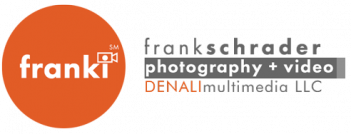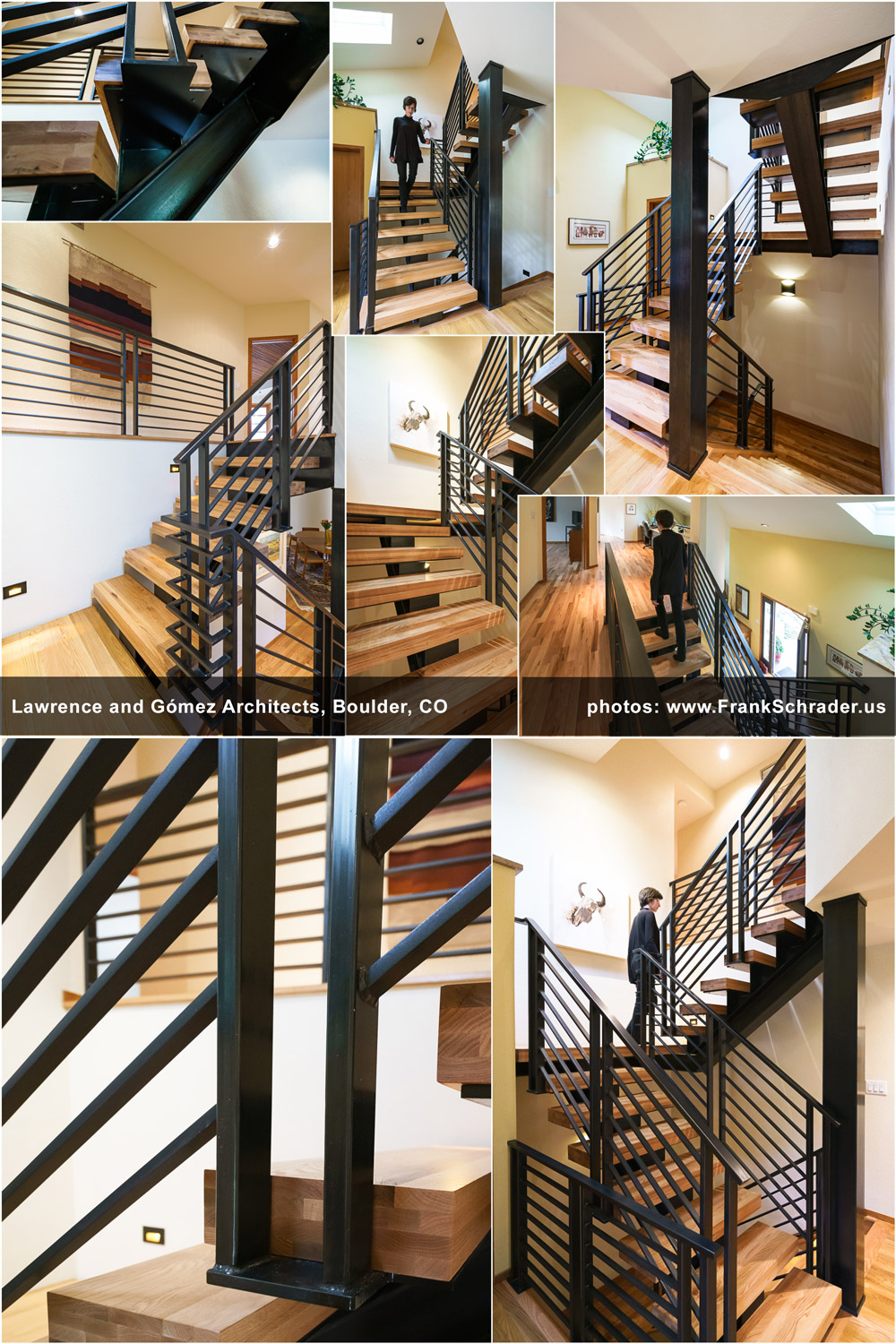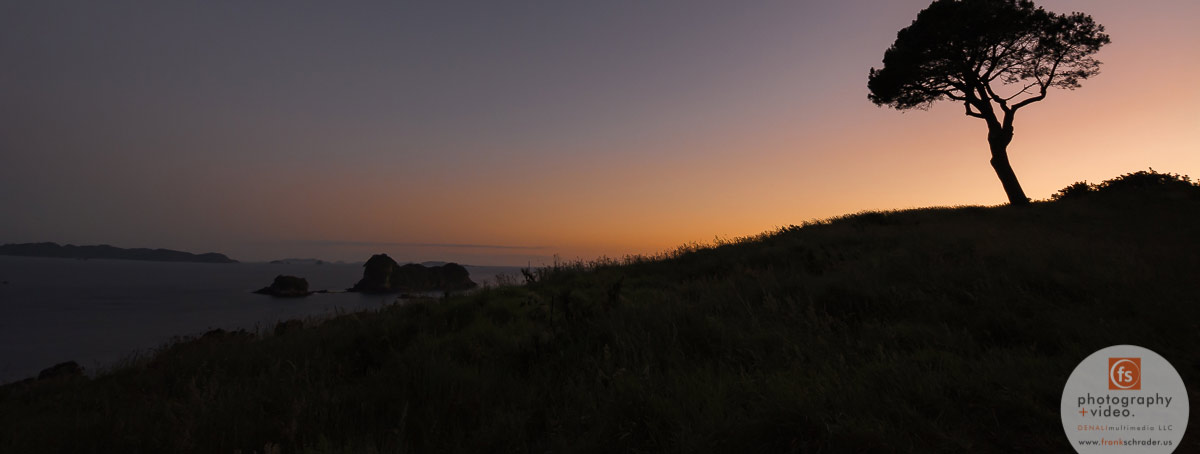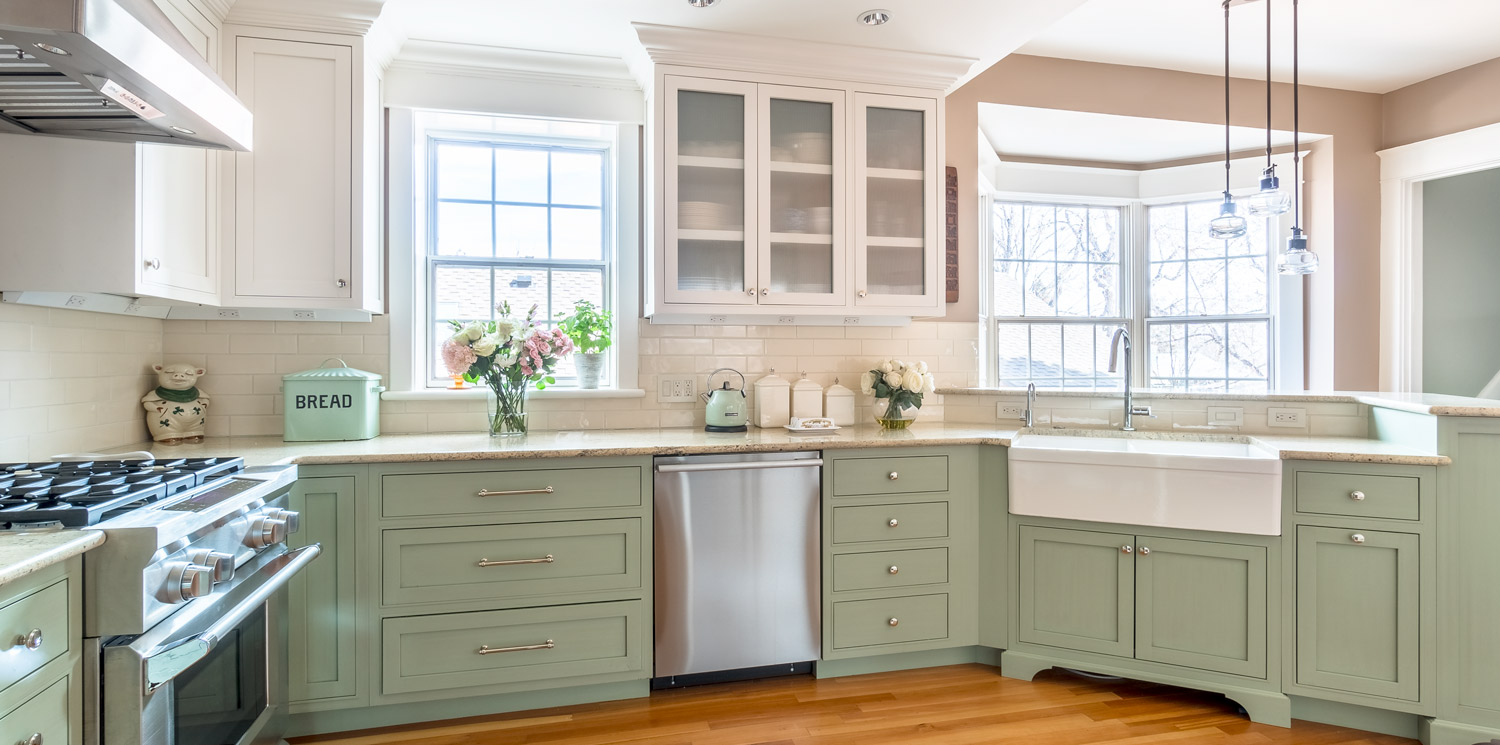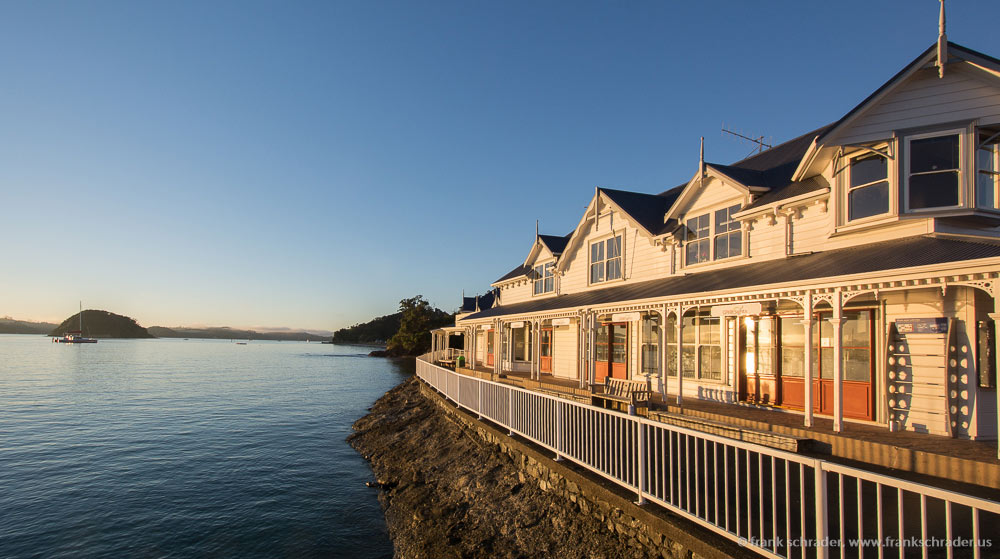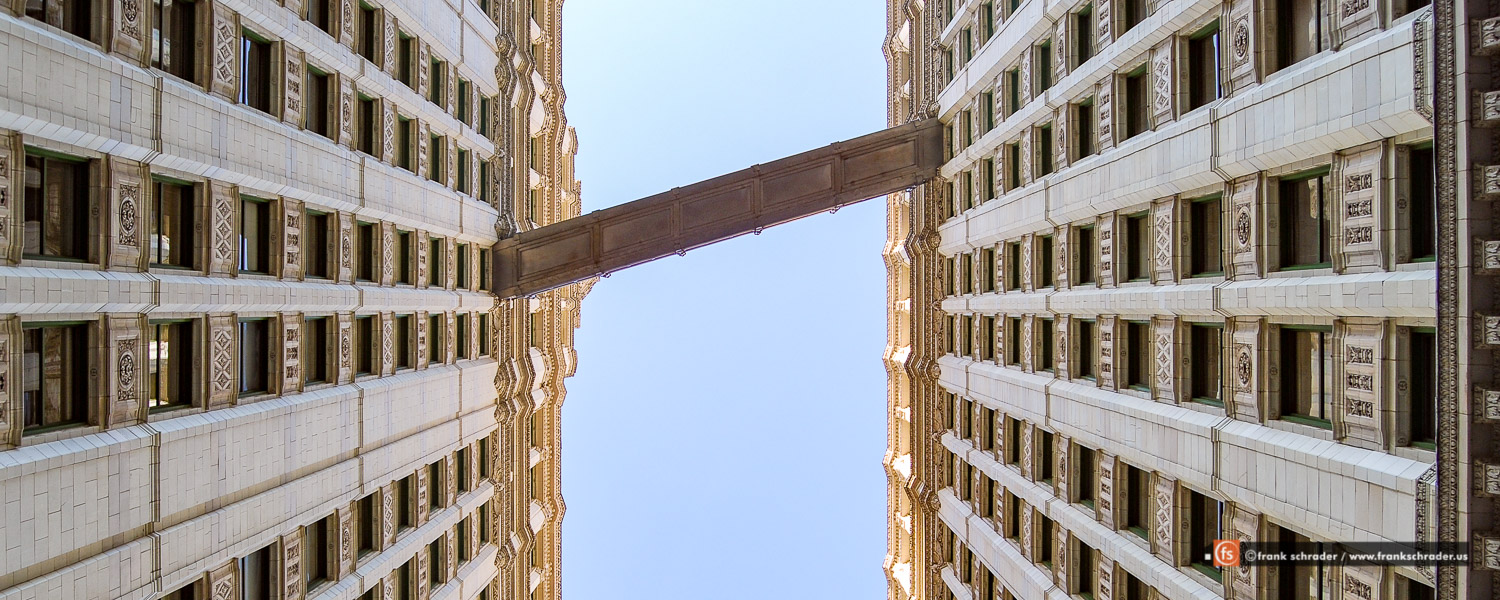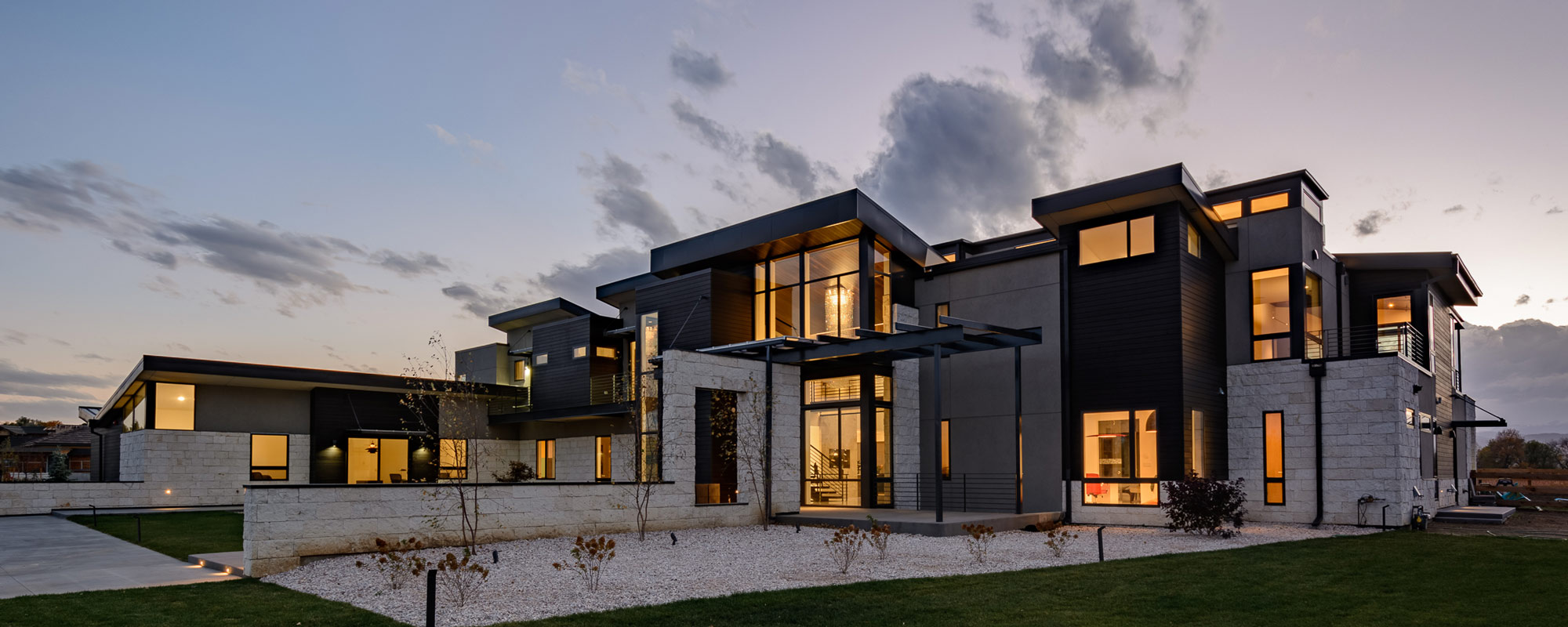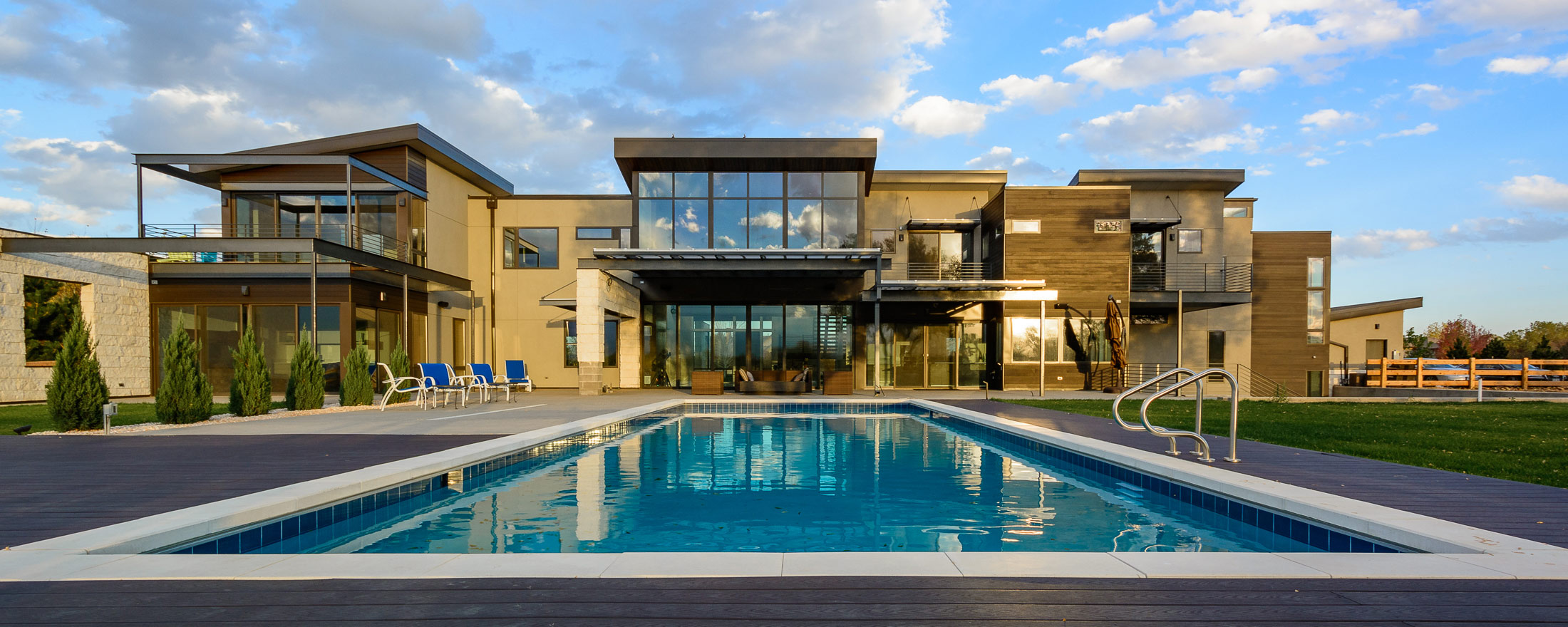↦NOTE: you can jump right away to my Architecture and Real Estate Photography & Pricing page if you are looking for sample images and actual pricing.
Otherwise, the following text is a backgrounder article to learn why pricing differs among photographers.
Pricing for Real Estate photographers in these days and this market is difficult because many clients, mostly realtors, home builders and home staging companies who order photography for the first time, can easily be overwhelmed by the price ranges they experience. As a consequence they establish a price expectation mostly based on the lowest prices they find. That’s normal human psychology, however, this article wants to shed some light on pricing in relation to quality and may be provides some background information what to look for and how much to pay for.
Ingredients of the overall package are:
- composition and angles (photographer’s eye and experience in different scenarios),
- editing,
- consistency,
- photographer’s services and skills,
- reliability
- and availability
I am offering highest possible transparency on pricing and services. For example, included for Real Estate Photography is: HDR photography, Photoshop-enhancement (color and white balance correction, perspective correction), resizing (hi-res and web-use sets) and photos are ready to use. Usage Rights included.
And if you want to discover advanced services, I can offer add-ons and extras. Pricing depends on what you are looking for — I’ll give you an estimate once I know your details.
Client’s goal
Important to me is what my client’s goal and expectation is: I work on all projects with the same diligence, however, there are different types of projects and therefore the requirements are different.
It’s understood that a standard 120k town home has different requirements than a multi-million dollar luxury property — I am offering upgraded Real Estate photography which is designed to cater to clients who want to go beyond the standard real state look & feel. See more on my page Real Estate Photography
One rule is the same for all levels of projects: the images must be tailored to the purpose and industry and must fit the property type and value. No matter what object you are marketing, your viewers get their first impression by looking at the images on the web or in a brochure and that is the moment their attention must be captured.
If you are in the market for hiring a photographer…. then just look at the work samples and the respective style. Just then look at the pricing.
Creative Style of Photographer
Style-wise you will find many differences. My style is an optimized, authentic look and reflects the trends in the respective industry (of the client) and overall photography industry. It’s understood that a Real Estate agents wants to have the rooms optimized in a way that they look large, bright and spacious. The art of the photographer is to balance the reality with the marketing purpose: the rooms should look at their best and the photos may be optimized, however, there’s no point in totally overdoing it and have a disappointed potential buyer come through the door because you don’t want to waste their and your time.
I am going for authenticity and presenting the object at its possibly best moment: More on that topic – and why I believe that is the best for Real Estate, Architecture, and Interior Design projects – can be found in my article: Real Estate photography — the right dosis ‘Look and Style’ –or: how much editing is too much?
If you look at portfolios of some vendors you will see the differences. Especially examine if you like the ‘look & style’ and if that meets your expectations and your audience’s taste. For example, if photos are over-edited and everything from the exterior to the interior looks very artistic and unrealistic it might turn down viewers because the audience doesn’t believe the message of those photos. It is up to you because you must like it and make your best guess towards what your buyers will like. If you feel not savvy to make that decision I would suggest to go with current trends you see in the media and among brands and competitors. All that matters. If you feel that a photographer fits that profile and can create the intended style and quality then you should decide for him/her.
Photo editing is something essential and you can’t just take a photo from a wide angle lens and put it out in the wild without making corrections. It’s actually not just about the camera, it is about the understanding of some essential techniques.
Photos in the Real Estate, Architecture, and Interior Design field are meant to convey your message in an optimal form, to be believable, and to reflect the elegance and quality of the object.
What defines a quality image?
- a) the photo itself (=the photographer’s eye and experience / angles / composition + Photoshop Editing style)
- b) how the object / motif presents itself
If you take photos of a sub-standard, non-groomed house, nobody will later say ‘Wow!’ A kitchen with 15 year old appliances and a retro-look is what it is.
So, on the other hand, a photographer’s life is better with top-notch interiors / exteriors which are impressive by themselves. With great photos those objects can be visualized in a way the audience can ‘feel’ them and get emotional.
How to make your house look great
No matter if you have a normal home or a high-end home, there are a few things that should be done to make it look great or even greater:
- clean the house, wash the windows, declutter as much as possible. Ideally to a degree where it looks like you just moved in and there’s not much ‘stuff’ sitting in corners and on shelves, etc.
- As few personal items as possible.
- Make it appeal to a broad audience BUT do not make it GENERIC.
- nicely decorate the house, e.g. some flowers. Put a nice Espresso cup, saucer with a spoon and a cookie on a table. Make the home look warm and inviting — people should imagine to have a dinner or breakfast in that home.
- Your pet in the photo? Really up to personal preference: many potential buyers will be pet owners themselves and the will like that. Or decide to make it neutral and omit the pet. Up to you.
My view on that: pets in a photo is a definite trend for many years now in many publications, retailer brochures, etc. - Persons in the photo? Again, up to your personal preference. Those photos can make the place more authentic, viewers can imagine ‘to be in that kitchen’ or ‘be in that house’ or ‘their kids playing in the yard’… if that is something that is of interest for you, I would recommend an upgraded Real Estate photo shoot / Architectural photo shoot which allows for more time on location.
- Groom the exterior of the house as much as possible, e.g. remove leaves in fall, mow the lawn in summer, remove clutter at those sides of the house that will be photographed, take care of water hoses, and so on
- Ask the photographer about best lighting conditions / time of day (Also see my article: Best time of day for Real Estate / Architectural Photos )
Beyond that: The photographer can try to shot only the nicest angles and can try to omit the ‘not so nice’ areas. Altogether that helps tremendously.
Pricing — insights, the low end, and when you need to invest a little bit more
A photographer should not just ‘rush’ through the rooms and click the shutter button – however, the cheaper the price for the photo shoot the more realistic is it that you got that ‘run and gun’ person behind the camera. There’s a good likelihood that the person does the job on a side-basis because from the rates you can find during your research no serious professional could make a living of.
No doubt, the client must balance Price vs Quality and determine what is most important. LIKE buying a car: you won’t get a Porsche for the price of a Kia Rio or Chevy Spark.
Taking good photos requires also to take the necessary time. There’s more involved than just hitting the camera’s button because otherwise you could opt to do it yourself.
Angles and the framing / composition make or break a photo and the message. It comes down to a certain experience required to create a consistent quality and to follow certain guidelines to achieve a cohesiveness in the results.
If you see somewhere the really cheap photo package it might be because somebody is just hitting the Auto button in Photoshop without knowing anything else — that adds to the low-end…
Calculating prices
Project costs can often be determined on fix-price basis which e.g. works for many residential projects.
Alternatively, if projects are more complex, by calculating on a ‘per-hour’ basis, e.g. client can book ‘half day’, day, or multiple-day projects.
All comes down to the project specs and all projects are different. They can be more or less technical and they can be require very different amounts of time for production and post-production. They can involve expenses and pre-production efforts and costs. Best is to describe you project in a summarizing style with as many details as helpful to get an idea about what is involved to handle that project. Please write me an initial email with such information so that I can put some thoughts into it before I’ll talk to you.
Check out more details on my Architectural and Real Estate Photography & Pricing page.
‘Standard’ vs ‘Advanced’ projects?
Would it make sense to offer different levels of projects, like ‘standard’ or ‘advanced’ projects for different types of properties?
I can only perform at the same quality level for all types of projects, I have ‘no switch’ for lower priced homes or luxury properties. I apply the same diligence and skill-set to all projects — I am using the same quality tools for all types of projects.
However, I do see a differentiation in the composition, the angles and therefore the amount of time and effort I can put into a photo shoot and post-production. Your business goals and product will most likely determine the available budget to achieve that goal.
I understand that high-end properties often have ‘features’ that you might want to emphasize: e.g. details or natural lighting at different times of day which translates to trying to have the ideal light for more than one exterior facades or room, etc. – it all comes down to the amount of time needed to complete the project.
Even the smallest project is not done in an hour! What’s involved: going to location, taking time to take the photos and deciding for angles that work, may be arranging some items in the home differently to make the shot better, going back and download, pre-select and post-process the photos, making them client-ready, resizing, uploading, etc… A one-hour photo shoot on location leads to may be 3 or 4 hours total project time. So, I don’t have an hourly rate of hundreds of dollars, actually it goes down dramatically the more time I need.
As mostly in life, quality has its price and you’ll find all levels of pricing but if you opt for a photographer who works at the national minimum wage boundary you might ask yourself why he/she does that and what you’ll get. Or think about the employed photographers of some real estate photography sites — on sites like indeed.com you can find statistics of such photography businesses (with salaried photographers or on-demand photographers) and those employees have reported their hourly wages which are so low that ‘state minimum wage’ is the proper description. Many job offers usually seek entry level personnel to send out to clients in order to keep their real estate package pricing low. It’s up to a client’s decision if that is sufficient for their project.
More complex photo shoots: consultation and prep-work
Some complex projects require a little bit of pre-planning and special attention on scene. If you have a more complex high-end project in progress, let’s say you have requirements written down in a punch-list, e.g. certain detail shots, certain angles, certain requirements from your marketing or design staff, I am adding an in-depth consultation and prep fee to projects for the reason that I will go through your requirement list and may have questions or suggestions, and need extra time to make sure the project is done right the first time.
Imagine you are a builder and want to sell luxury condos in Boulder downtown and the pricing is at the top of the market … then you need photos that warrant that ambition.
I am recommending to go with an Architectural Photo Shoot instead of a standard Real Estate Shoot. Find more information here: Architectural Photography and Commercial Photography
What’s the conclusion? You should provide me with all the input available, e.g. your goals, requirements, … otherwise, you might get some great photos but your designer / marketing people are not unhappy because certain compositions, motifs are missing in the mix or the format (landscape / portrait) is not optimal.
Other stuff I can help with
My professional background is diverse and I could help you to solve some other related tasks: I do video work, I am a Photoshop expert and can make your photos what you want them to be. If you need help with Creative Direction or Design please let me know: I am available for your technical and creative questions.
